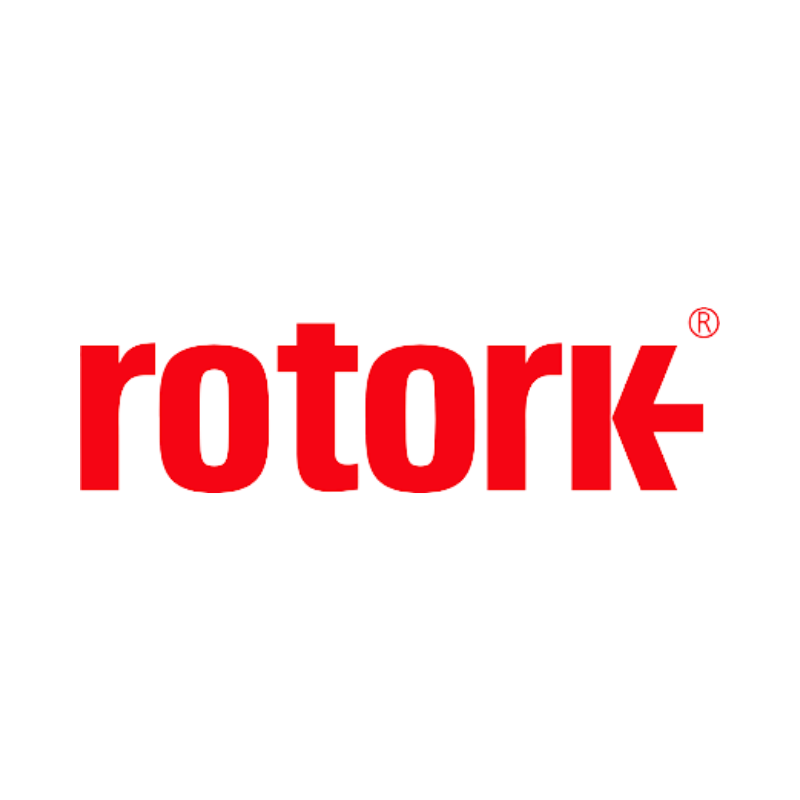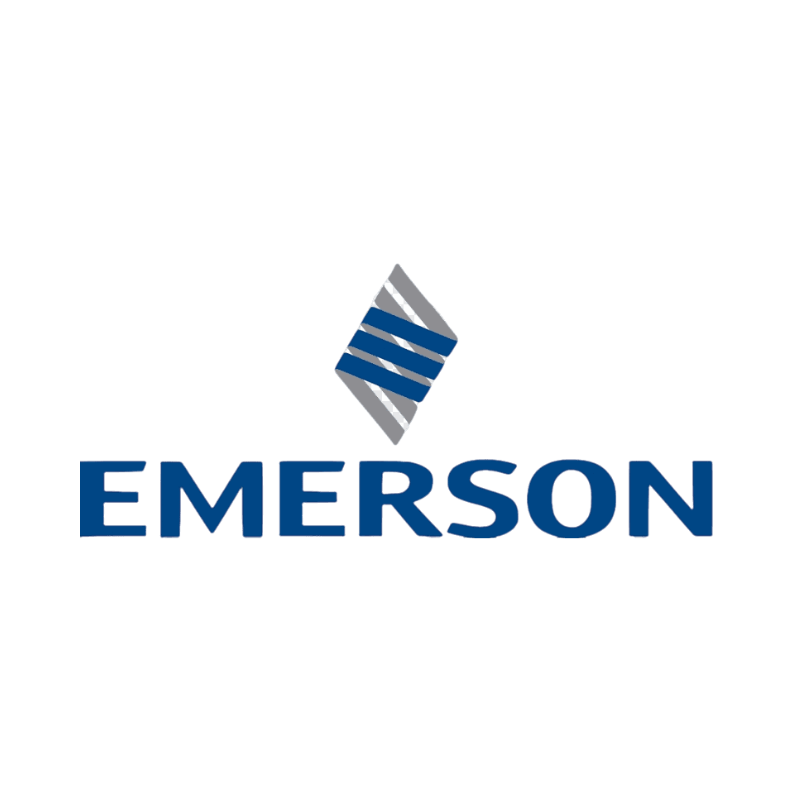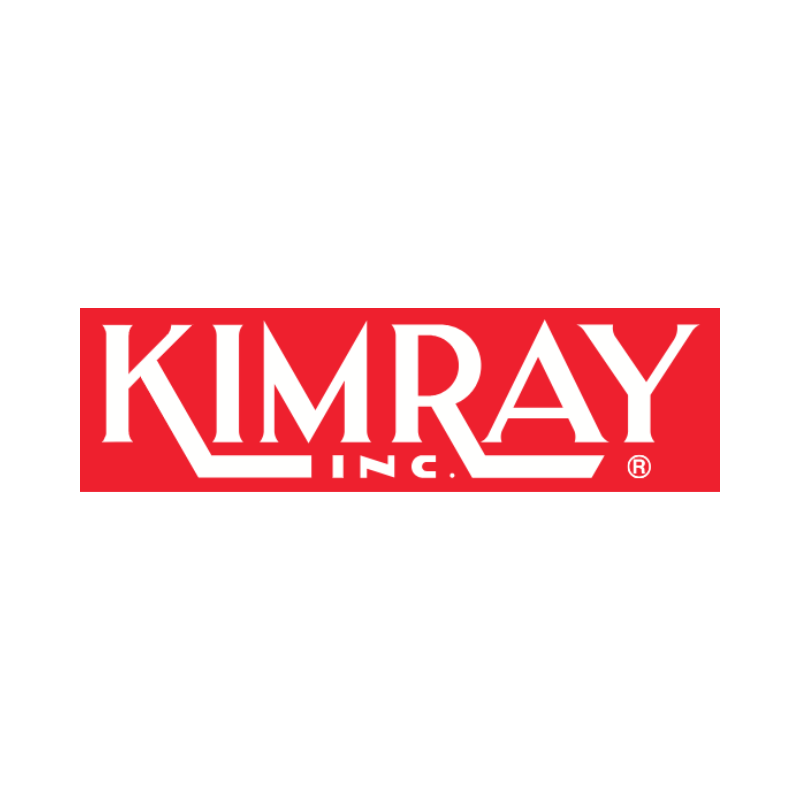Actuation – Electric & Pneumatic & Hydraulic
Selecting the appropriate actuator for your application hinges on several factors, primarily dictated by your working environment and operational requirements. Hydraulic actuators excel in heavy-duty outdoor settings, offering superior power and performance. Pneumatic actuators, on the other hand, are ideal for fast-moving indoor environments, offering strength and speed, albeit less than hydraulic systems. Electric actuators, while not as powerful as hydraulic or pneumatic ones, offer cleanliness and cost-effectiveness, particularly in clean-room environments.
To determine the best fit, consider parameters like tilt, lift, position, open/close cycles, tension, and more. Additionally, assess factors such as capacity, voltage, stroke length, speed, duty cycling, orientation, and any special requirements like weather resistance or fire safety.
Ultimately, the right choice boils down to matching the actuator type with your specific needs and environment. If reliability and substantial power are paramount, hydraulic actuators are typically the preferred option for large-scale applications.
Applications
Control of valves
Industries
Manufacturing, process automation, utilities, HVAC, aerospace, Oil and Gas, Power Generation, chemical processing, water and wastewater treatment, food and beverages






